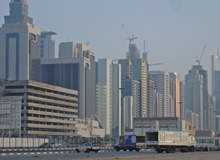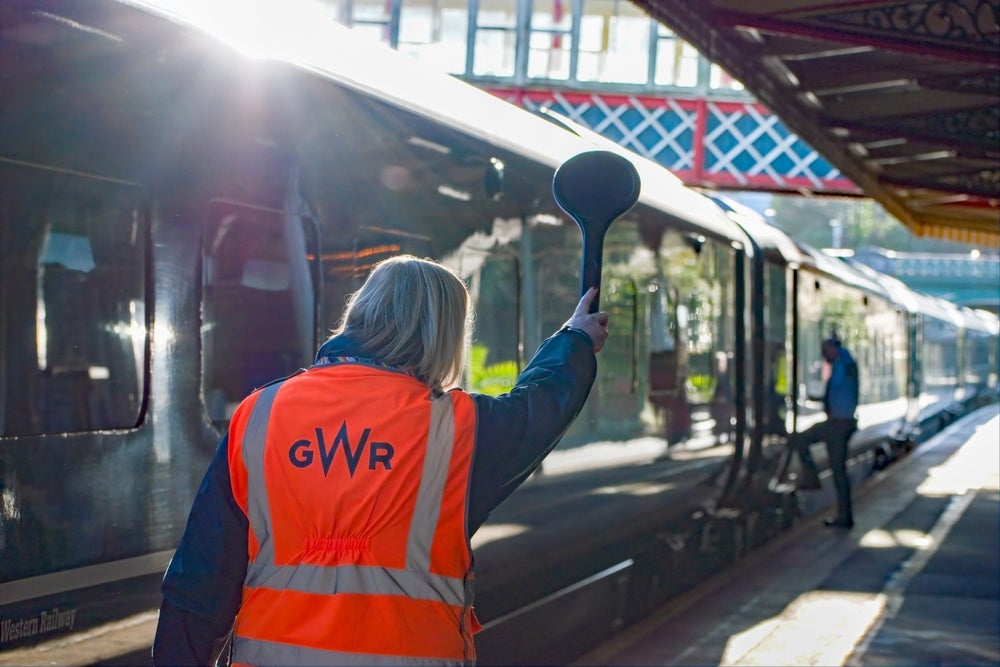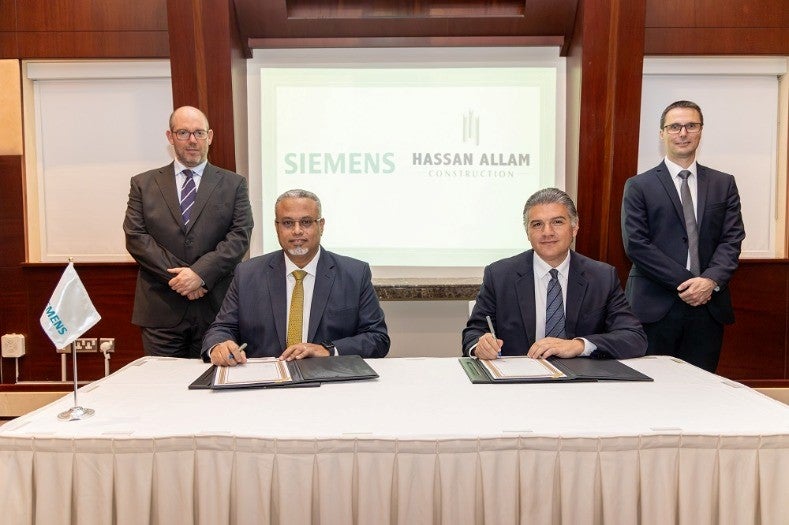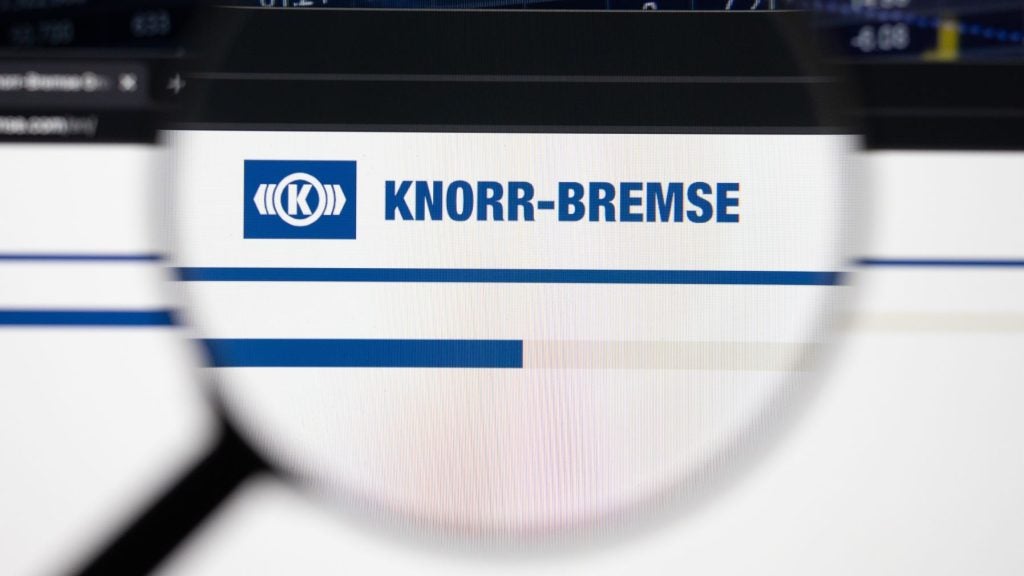
Since the Gulf Cooperation Council was formed in 1981, its oil-rich countries, in particular the United Arab Emirates, Saudi Arabia and most recently Kuwait, have continuously captured worldwide attention with an array of breathtaking construction projects.
Yet for every super-sized skyscraper or record-breaking investment, there is often little in the way of serious progress of the internal transport infrastructure, let alone anything to speak of between them.
While the Middle Eastern aviation sector has flourished in recent years as the region strives to become the major gateway between Europe and the Far East, focus on other forms of transportation links between GCC members has seemingly slipped into the background.
However, muted talks of inter-GCC rail links have appeared to take on a more solid grounding throughout 2008, as some member countries have begun to initiate their first-ever rail projects.
Setting new heights
It is probably no surprise that the headline-grabbing emirate of Dubai will steal the mantle of the first railway in the UAE, although technically a small light railway used in Port Rashid during the late 1960s already holds this title. In 2009 the world's longest fully automated rail system will open in Dubai with the first lines set to be unveiled in May that year.
How well do you really know your competitors?
Access the most comprehensive Company Profiles on the market, powered by GlobalData. Save hours of research. Gain competitive edge.

Thank you!
Your download email will arrive shortly
Not ready to buy yet? Download a free sample
We are confident about the unique quality of our Company Profiles. However, we want you to make the most beneficial decision for your business, so we offer a free sample that you can download by submitting the below form
By GlobalDataFor any resident in Dubai, the new transport link that will stretch over 70km cannot arrive quickly enough. The rapidly evolving city has been suffocated by severe traffic congestion and extremely limited public transport resources for several years now.
The emirate's Road and Transport Authority (RTA) has recently announced that about 78% of the construction on Dubai Metro's Red Line has been completed, which followed April's milestone of the testing and commissioning of the main power supply station at Jebel Ali. With construction of the high-tech driverless rapid transit system's viaduct seeming to appear overnight and the fact it could be one of Dubai's rare construction projects that actually meets its schedule, it is safe to say the Metro system has become a priority for the RTA.
On full operation the Dubai Metro is projected to carry an average of 1.2 million passengers per day and 355 million passengers per year. Add to that equation the Palm Monorail, which will become the first ever monorail within the Middle East, as well as proposals for an internal rail transport system exclusively for the forthcoming Maktoum International, and it is safe to say the once rail-less emirate is now embracing it with both hands.
These developments in Dubai are likely to have consequences that spread quickly across the GCC countries. Long considered a pioneering city within the Middle East, Dubai could prove an inspiration for other cities to follow suit.
In August 2008 the emirate's similarly affluent neighbour Abu Dhabi revealed its plans to create an integrated mass transit system to connect its upcoming communities. The system will involve a complex network of trams, underground metro lines and high-speed rail. While the government has only just released a preliminary map of possible routes, it proves action is beginning to take shape.
The project seems equal to Dubai in its ambition and if anything the smaller scale of overall development in Abu Dhabi allows such plans a greater degree of freedom than its neighbour. Talks to create a UAE national railway network uniting the projects in the respective emirates also made promising progress this year when Dr Nasser Saif Al Mansouri, director general of the National Transport Authority (NTA) revealed plans were entering their 'final stages'.
Starting from scratch
Outside of the UAE, rail virgins Oman and Kuwait have both revealed future plans for their first-ever rail infrastructure. In April 2008, Oman appointed consultants to carry out a feasibility study to build a 200km railway network running initially from Sohar to Birka in north Muscat, before being extended to Duqum. Although dwarfed by neighbouring Saudi Arabia, Oman remains the second-largest country in the GCC and as such the long-distance rail network seems a fitting step forward.
Kuwait, on the other hand, has focused on mirroring the giddier heights of Dubai, or perhaps even trumping it. Proposals for a $132bn model city in its northern desert are awaiting government approval next month and if given the go-ahead are set to radicalise both the country's economical position and rail infrastructure. Included in the plans is more than $11bn worth of investment in the construction of a railway and metro that will link Kuwait to the rest of the Gulf and possibly Central Asia and China as well.
Meanwhile, Qatar has become an early forerunner in the GCC rail revolution through the recent signing of a multi-billion-dollar national project aimed at developing a "comprehensive and consolidated" railway system. The Memorandum of Understanding between Qatari Diar Real Estate Investment Company and Deutsche Bahn will allow the country to draw on the experience of the German rail company, which will technically and financially review how best to link the systems already in place. The move also serves as a timely indicator for European rail operators keen to generate business in the region.
Building on foundations
The largest of the GCC members, Saudi Arabia is 1,018km of railway ahead of its neighbours. Yet the freight and passenger services that currently operate between Riyadh and Damman are a small part of a much bigger future. The Kingdom's North-South Railway Project (NSR) is already well underway and is expected to be completed by 2010. Constituting of a single track about 1,800km long, the project will only handle freights of phosphate and bauxite from mines at Zubairah and Jalamid to processing plants.
On the more passenger-orientated front, the East-West Railway project (Landbridge) aims to provide connections between Jeddah, Dammam and Jubail. The project will consist of two tracks; the first of which will cover 449km and handle only passengers, while the second will stretch 556km and be devoted exclusively to freight. On completion it is estimated to transport some 300 million passengers per kilometre per year and one billion tonnes per kilometre per year.
Perhaps more intriguingly, Saudi Rail Organisation recently issued tenders for the first construction contract on the $6bn Haramain high-speed rail link between Mecca and Medina. The project is aimed at providing transport for Umrah and Hajj pilgrims travelling between the two cities and Jeddah.
Uniting the gulf
Potentially connecting such internal rail developments is a proposed rail link stretching across the six GCC countries.
Catering for passenger and freight traffic, the first of the two lines would cover approximately 1,970km, starting in Kuwait and stretching through Saudi Arabia, Bahrain, Qatar, the UAE and down to Oman.
The second would be a 1,984km line stretching between Kuwait, Saudi Arabia, the UAE and Oman.
Exact details of the mammoth project remain unclear but some report it will cost an estimated $6bn to build, the cost of which will be shared equally by all six countries.
Although the pace of the project remains to be seen, the healthy appetite displayed internally by the GCC states towards rail development strongly indicates that the Gulf will be the place for rail companies to be in the coming five years.







